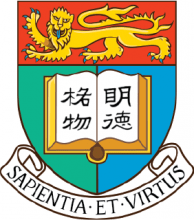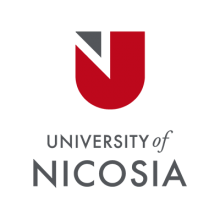关于 Nippon Institute of Technology
Nippon Institute of Technology (NIT) in Miyashiro, Saitama, Japan, traces its roots to the Tokyo Engineering School, a high school which opened in 1907 - making it one of the oldest technical institutions in Japan. After being renamed several times and closing during World War II, it was founded as a university under its current name in 1967.
Then, it had departments of mechanical engineering, electrical engineering, and architecture. A Department of Systems Engineering was added in 1975.
In 1982, Nippon Institute of Technology established a graduate school offering master's degrees, followed by doctoral degrees from 1987. A Department of Computer and Information Engineering was established in 1995.
Teaching of mechanical engineering is divided into three main areas: design, energy control and production technology.
The Educational Center for Experienced Mechanical Engineers has shops for general machining, finishing and assembly, unconventional machining, NC machining, tool management, heat treatment and precision measurement. NIT has about 70 pieces of equipment and machines, such as laser machining equipment. Students are given unlimited use of the Center for their graduation work.
In the Interior Design Laboratory students make furniture. After a student has decided what they want to produce, laboratory staff are available to help students bring their ideas to fruition - on to paper and into production.
The Architectural Technology Laboratory includes a woodworking room, an experiment room and a soil laboratory. The experiment room contains small-scale machining equipment, such as welders, cutters and band saws, and a precision universal loading machine, among other equipment.
探索这些推荐大学
Nippon Institute of Technology 的排名数据分析
关键统计数据
- ¥1,976Finance per Student (¥000s)(1)
- 4,580Number of FTE Students(1)
- 2.2国际学生比例(1)
- 28.1每位教职员对学生数量(1)










